
L'italia chiamò Capodimonte oggi racconta... la Resurrezione di
La Resurrezione e Noli me tangere è un affresco (200x185 cm) di Giotto, databile al 1303-1305 circa e facente parte del ciclo della Cappella degli Scrovegni a Padova. È compreso nelle Storie della Passione di Gesù del registro centrale inferiore, nella parete sinistra guardando verso l'altare. Descrizione e stile
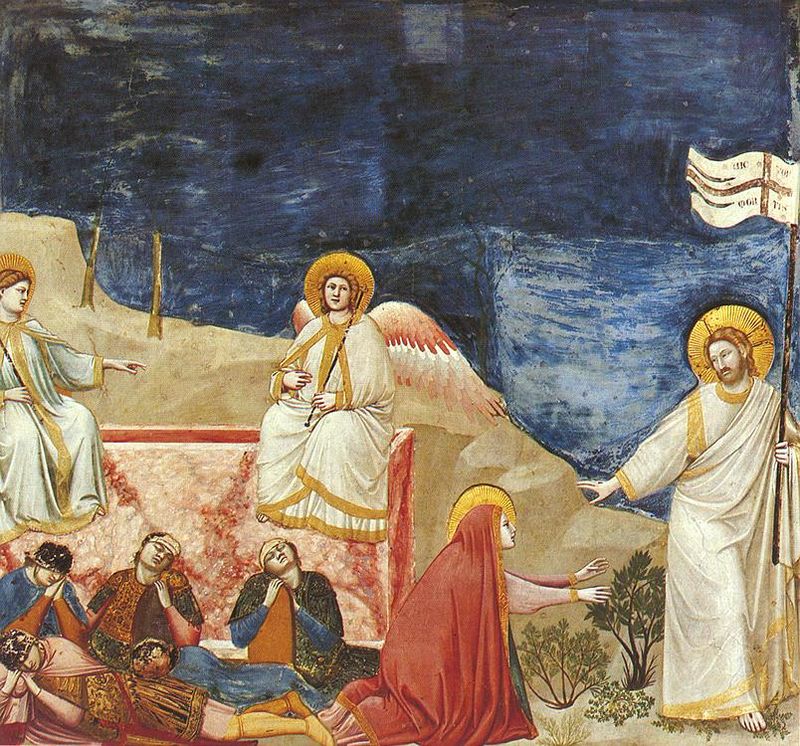
CriticAle NOLI ME TANGERE
The facsimile of Noli Me Tangere is a faithful reproduction of Dr. Jose Rizal's own handwriting, including corrections and deletions he made in the original manuscript before he submitted it to the Berliner Buchdruckerei Aktiengesellschaft in March 1887. Since it is the original, expect the text to be in Spanish.

Pin su Nicola Damiano
Pasqua, le opere d'arte più celebri dedicate alla Resurrezione. In occasione della Pasqua, vi presentiamo alcune delle opere d'arte più celebri dedicate al tema della Resurrezione di Cristo. Da Raffaello a Caravaggio, passando per Giotto e Andrea Mantegna, ecco come i grandi Maestri hanno celebrato la vittoria del Risorto sulla morte.

Noli me tangere ou la Résurrection date de 13041306. C'est une fresque
Noli me Tangere by Antonio da Correggio, c. 1525. Noli me tangere ('touch me not') is the Latin version of a phrase spoken, according to John 20:17, by Jesus to Mary Magdalene when she recognized him after his resurrection.The biblical scene has been portrayed in numerous works of Christian art from Late Antiquity to the present. The phrase has also been used in literature, and later in a.

Icona Immagine di Dio Noli me tangere, un'iconografia di una scena del
Noli Me Tángere (1887)—which translates to "Touch Me Not" in Latin—is a novel written by Filipino writer José Rizal.The novel tells the story of Don Crisóstomo Ibarra, a young man of Filipino and Spanish descent who returns to the Philippines after a seven-year trip to Europe.Upon his return, and because he is now old enough to better understand the world, Ibarra sees the oppression.

Noli me tangere PratoCultura
Metro Manila (CNN Philippines, January 11) — The public can now buy a faithful reproduction of the original Spanish manuscript of Jose Rizal's "Noli Me Tangere.". The National Historical.
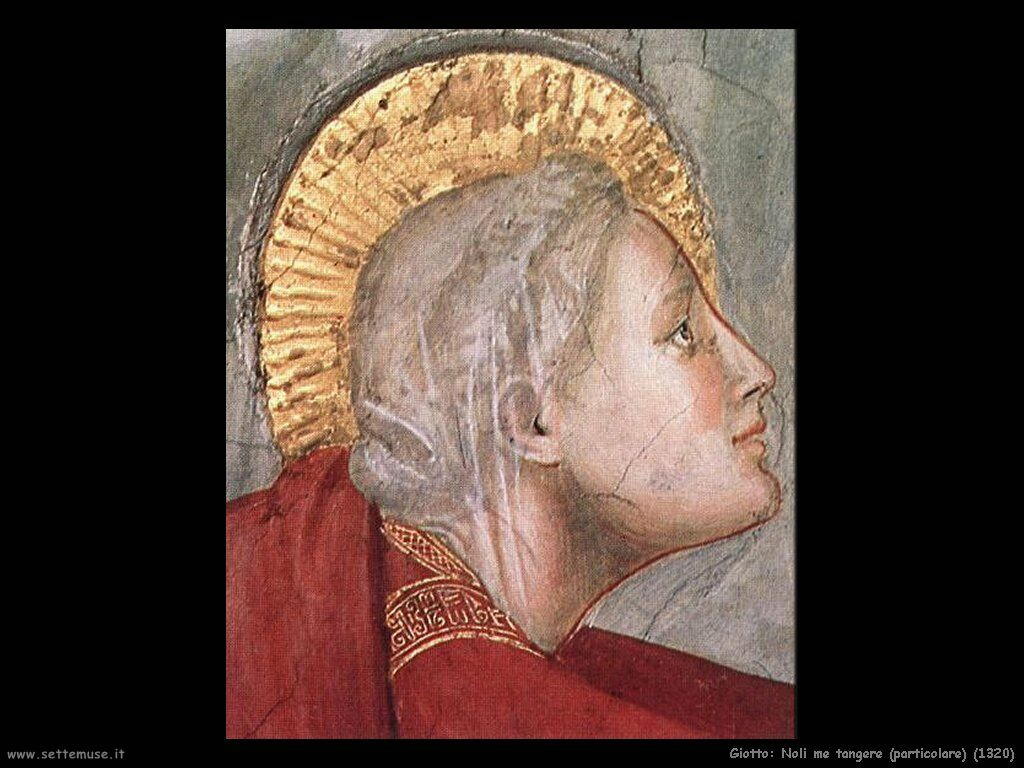
NOLI ME TANGERE STORIA E OPERE D'ARTE
On Facebook, the National Historical Commission of the Philippines (NHCP) announced the release of the facsimile (faithful reproduction) of the original Spanish manuscript of Rizal's famous novel. According to the Commission, the original Spanish manuscript as written by Rizal contained his own handwriting, his edits, corrections, and.
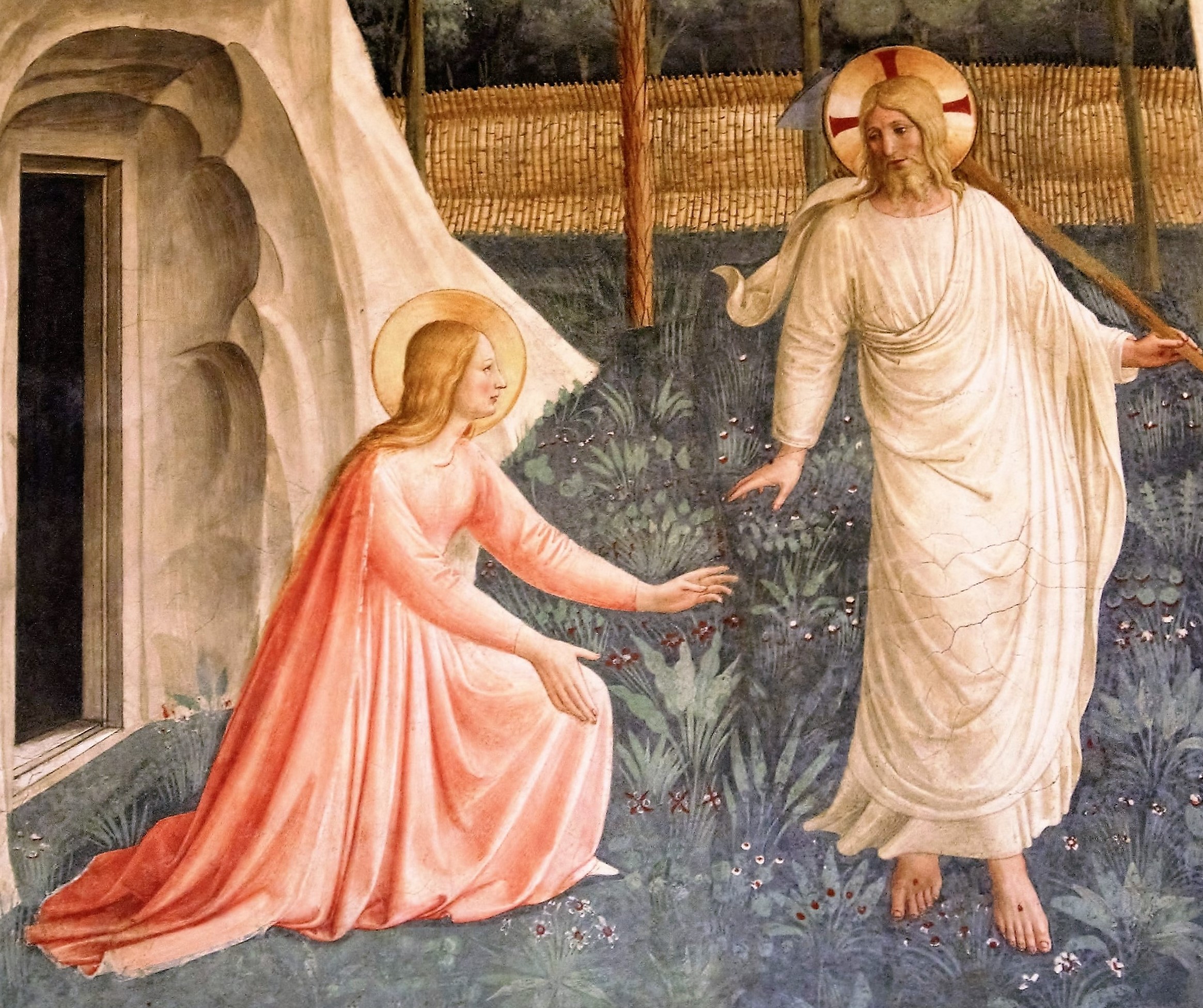
Considerazioni metafisiche sulla dottrina della Resurrezione (da “L
Resurrezione e Noli me tangere. La Resurrezione e Noli me tangere è un affresco (200x185 cm) di Giotto, databile al 1303 - 1305 circa e facente parte del ciclo della Cappella degli Scrovegni a Padova. È compreso nelle Storie della Passione di Gesù del registro centrale inferiore, nella parete sinistra guardando verso l'altare.

NOLI ME TANGERE STORIA E OPERE D'ARTE
'Noli me tangere' is the Latin for 'touch me not', the words spoken to Mary Magdalene by Christ after she discovers him risen from the tomb ('Touch me not; for I am not yet ascended to my Father' John 20: 17). Holbein's unusual depiction focuses on the moment when the mourning Magdalen, having found two angels in the empty place of Christ's.
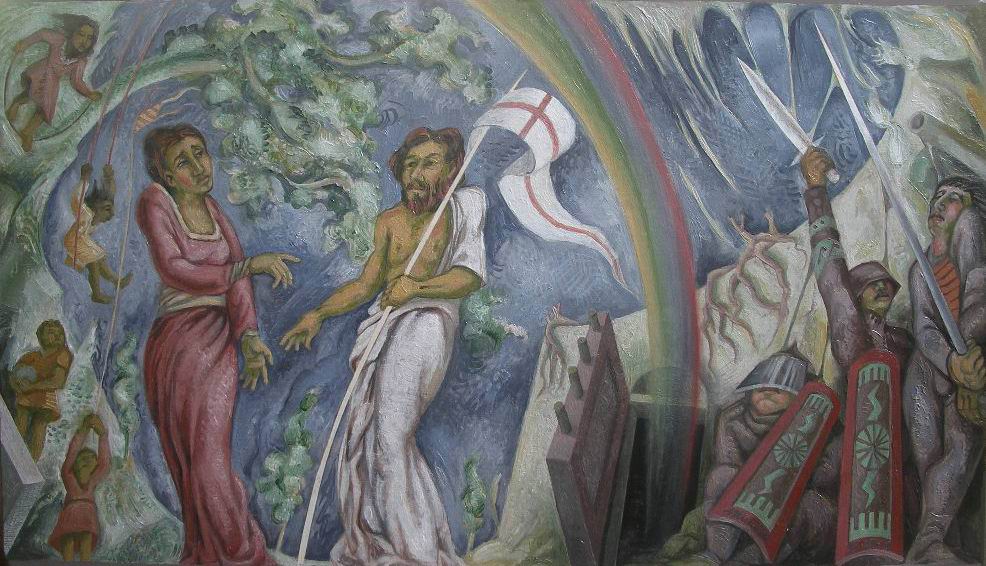
San Martino al Tagliamento, affreschi La bottega del pittoreLa
La Resurrezione di Giotto, conosciuta anche come Noli me tangere, è un famoso affresco realizzato dall'artista italiano Giotto nel periodo tra il 1304 e il 1306. Quest'opera d'arte è custodita nella Cappella degli Scrovegni a Padova, un luogo di grande importanza storica e artistica.

CategoryPaintings in the Museo della città di Rimini Museo, Rimini
L'affresco preso in esame è La Resurrezione e Noli me tangere, compreso nelle Storie della Passione di Gesù del registro centrale inferiore, nella parete sinistra guardando verso l'altare. La scena mostra un doppio episodio: a sinistra il sepolcro vuoto di Cristo con gli angeli seduti e le guardie addormentate testimoniano la Resurrezione.

202104.04. Hurra! Es ist Ostern MariefeiertmitPaul
Giotto: La Resurrezione, 200 x 185, Cappella degli Scrovegni, Padova. (foto da Wikimedia Commons). Sull'opera: "La Resurrezione", o "Noli me tangere", è un affresco autografo di Giotto, realizzato nel 1304-06, misura 200 x 185 cm. ed è custodito nella Cappella degli Scrovegni a Padova. A sinistra, in secondo piano, stanno due angeli.

Noli me tangere, Art, Giotto
v. t. e. Noli Me Tángere ( Latin for "Touch Me Not") is a novel by Filipino writer and activist José Rizal and was published during the Spanish colonial period of the Philippines. It explores perceived inequities in law and practice in terms of the treatment by the ruling government and the Spanish Catholic friars of the resident peoples in.
Noli me tangere Russian icon, Jesus and Mary Magdalen online sales on
Brotherhood [2018] Directed by: Meryam Joobeur. Written by: Meryam Joobeur. Produced by: Maria Gracia Turgeon, Habib Attia. Mohamed is deeply shaken when his oldest son Malik returns home after a long journey with a mysterious new wife. 'Resurrection (Noli me tangere)' was created in c.1306 by Giotto in Proto Renaissance style. Find more.
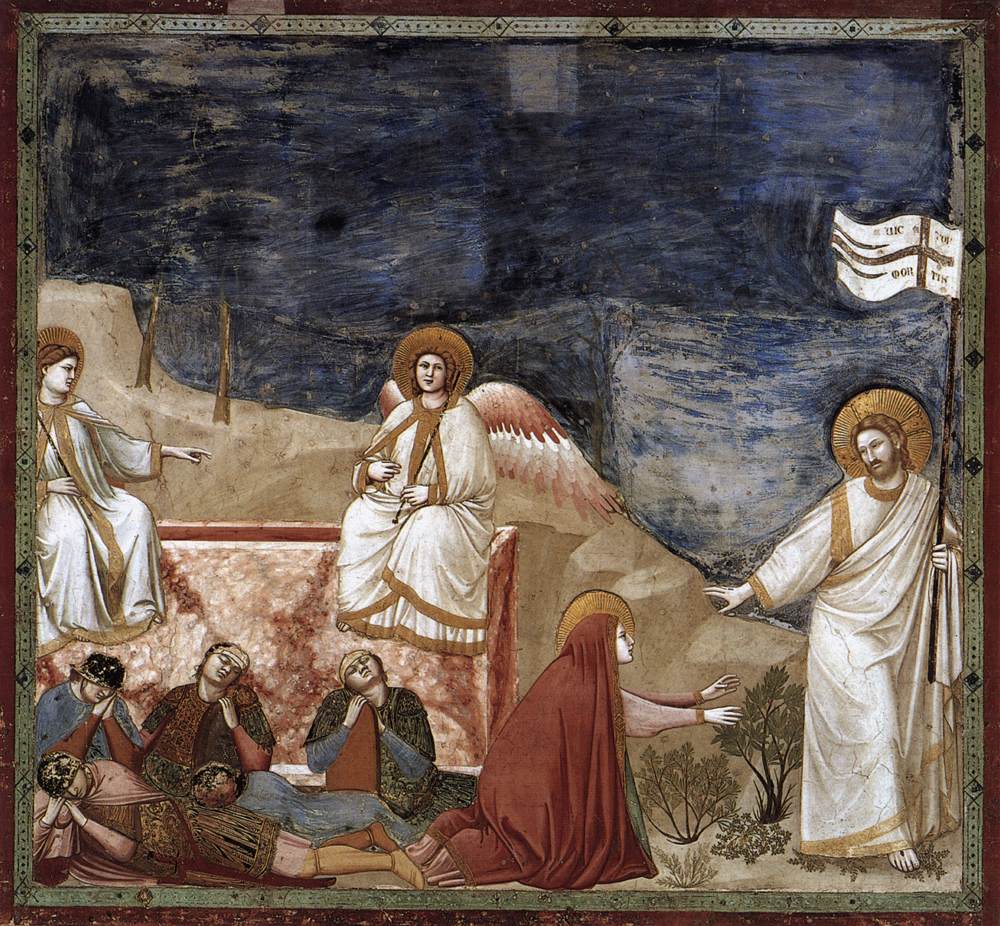
Noli me tangere Alchetron, The Free Social Encyclopedia
Noli Me Tangere takes place in the Philippines during the time of Spanish colonization. In the opening scene, a wealthy and influential Filipino man named Captain Tiago hosts a dinner party to welcome Juan Crisóstomo Ibarra y Magsalin back to the Philippines. Ibarra has spent the last seven years studying in Europe. In talking to the various guests at Captain Tiago's dinner party, he.

La résurrection (Noli me tangere), fresque de Giotto, chapelle des
resurrezione e noli me tangere It was painted between 1303 and 1305 by Giotto and it is part of the cycle of the frescos of Scrovegni chapel in Padua. It rapresents one of the Stories of the Passion of Jesus and it is located in the lower central register in the wall.